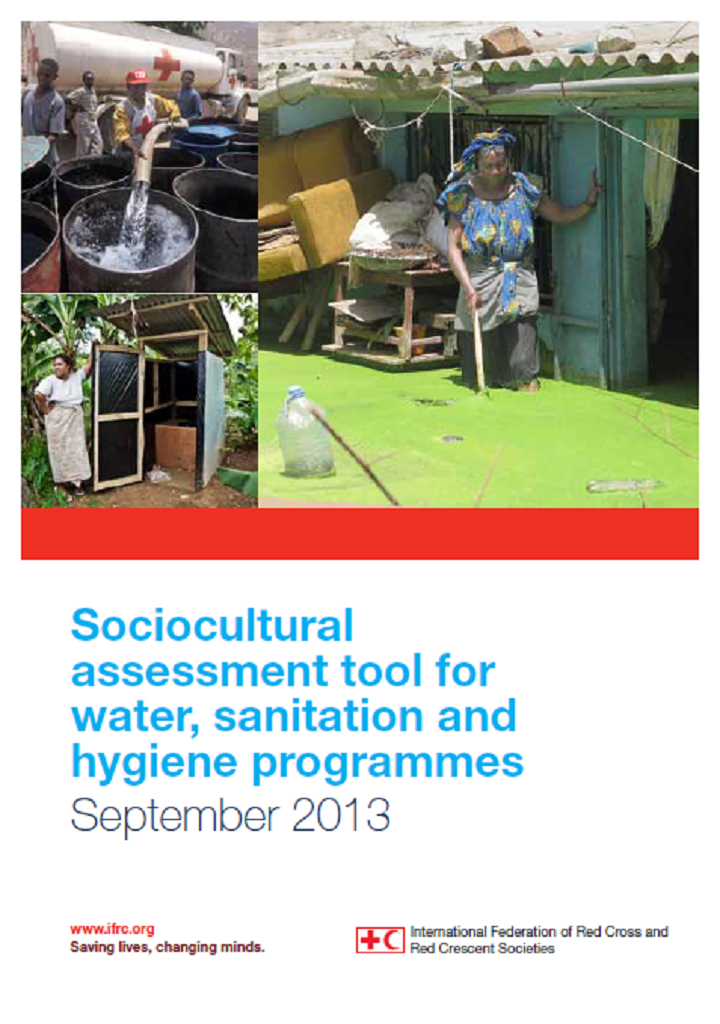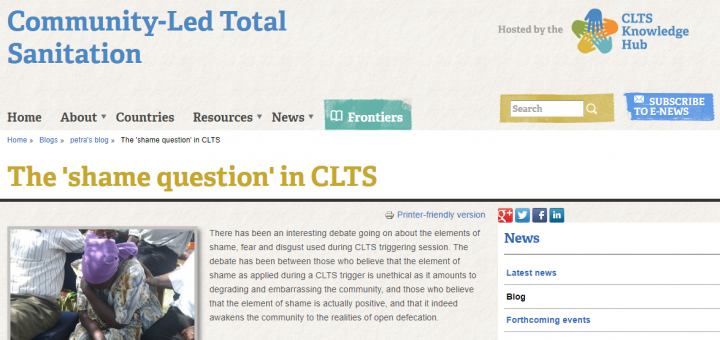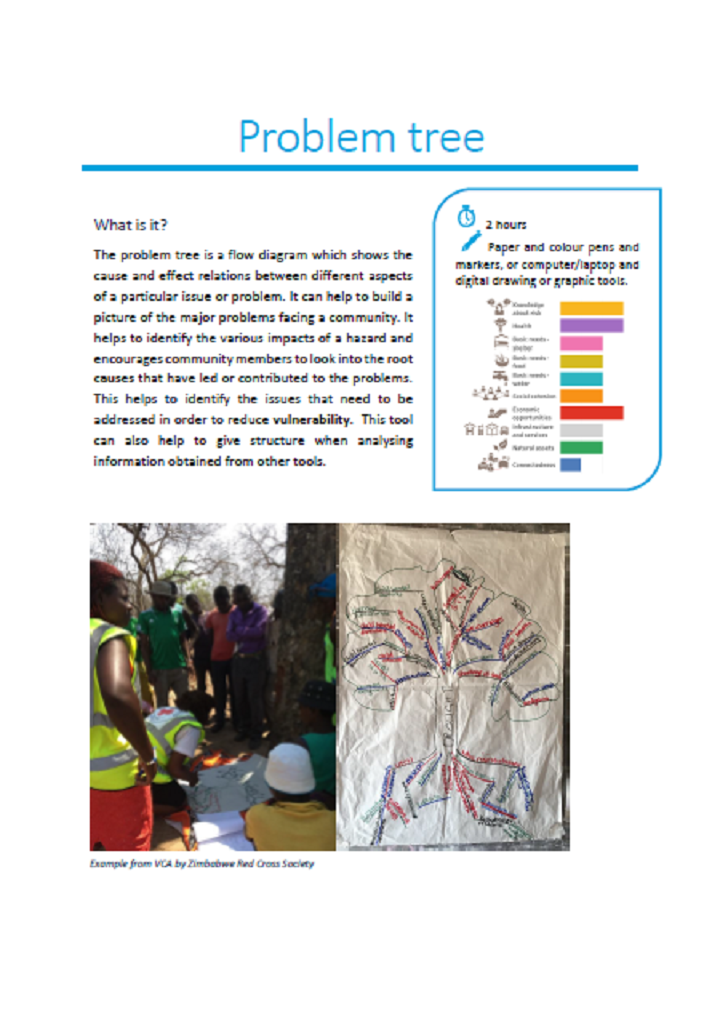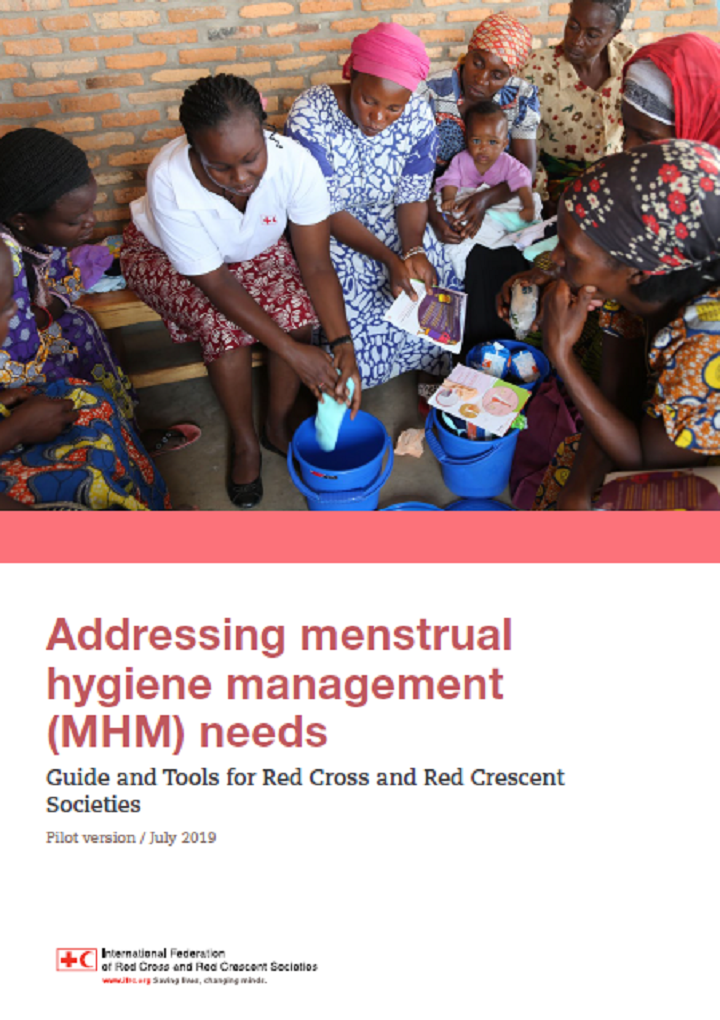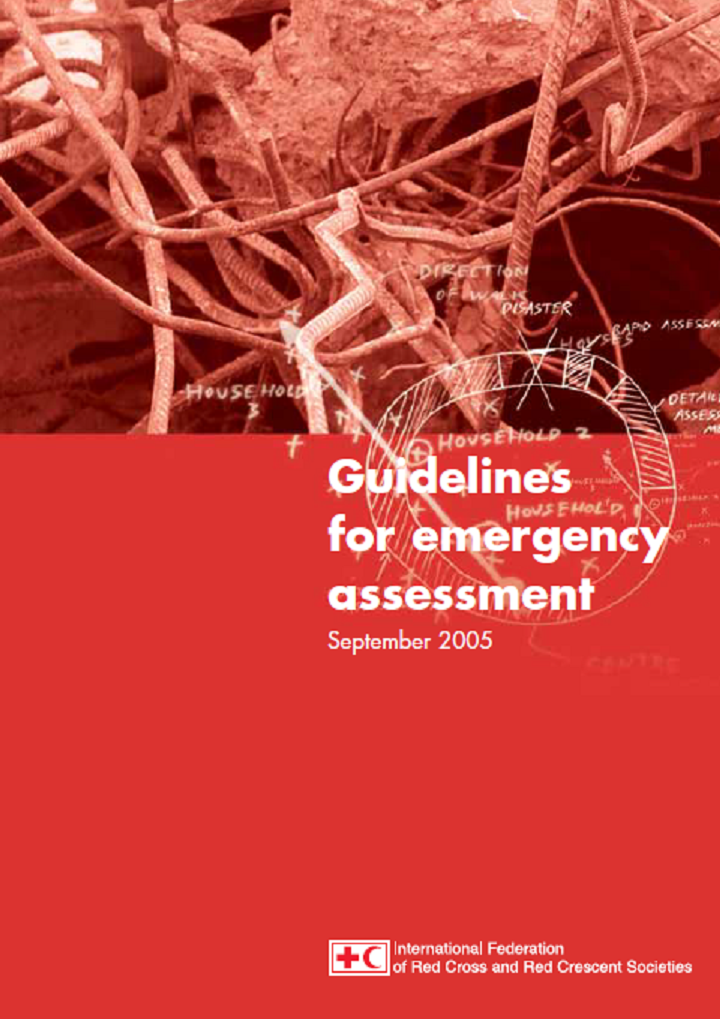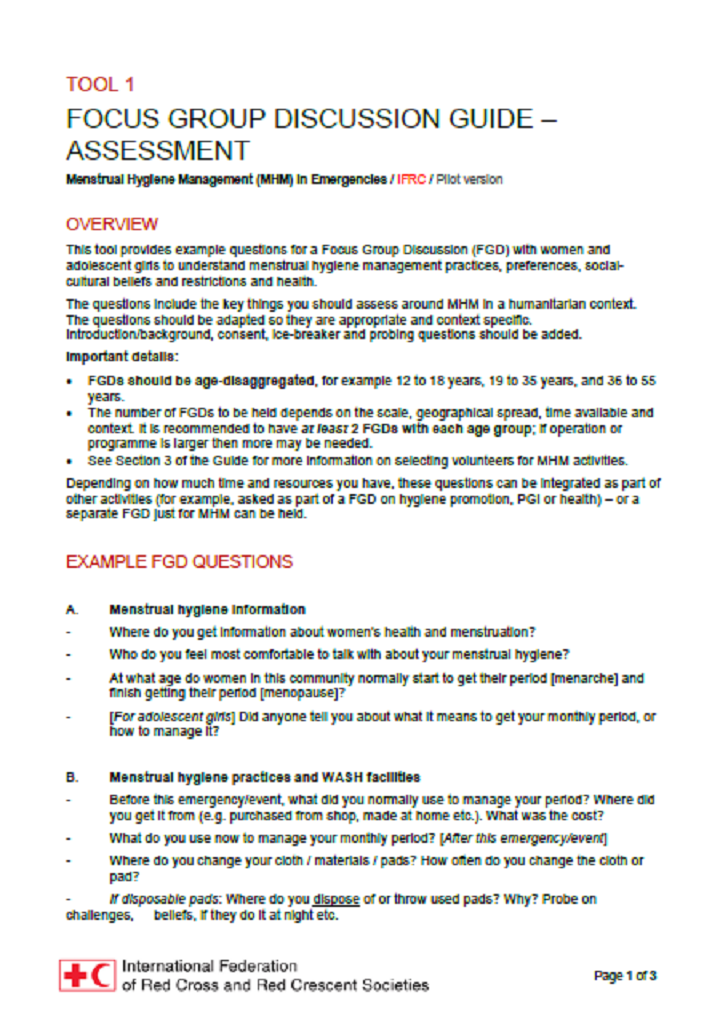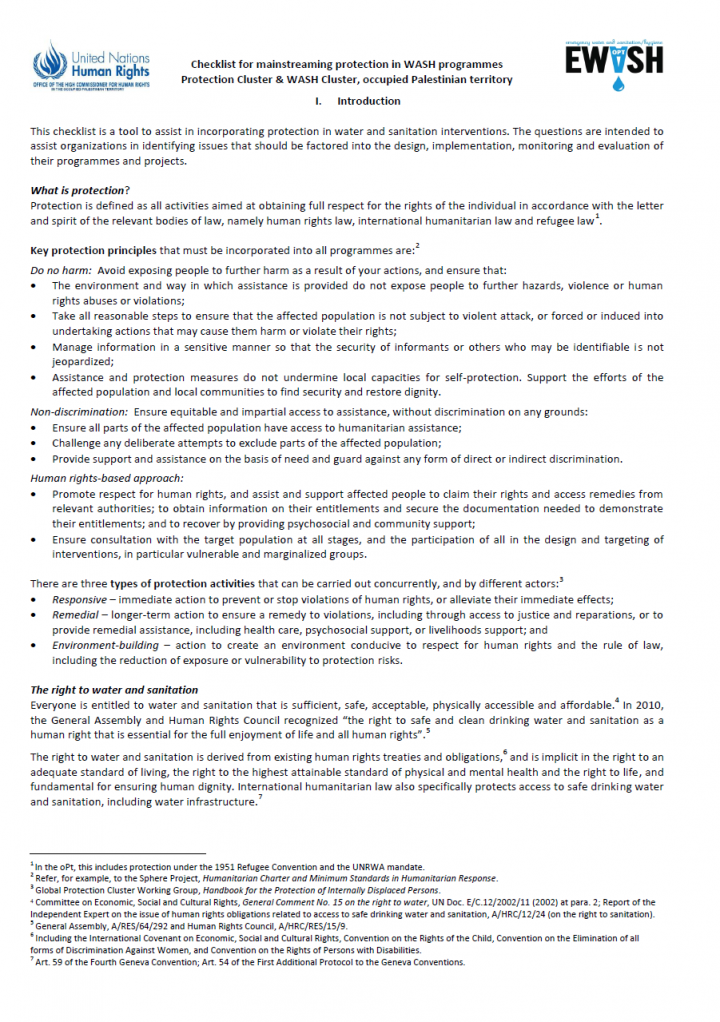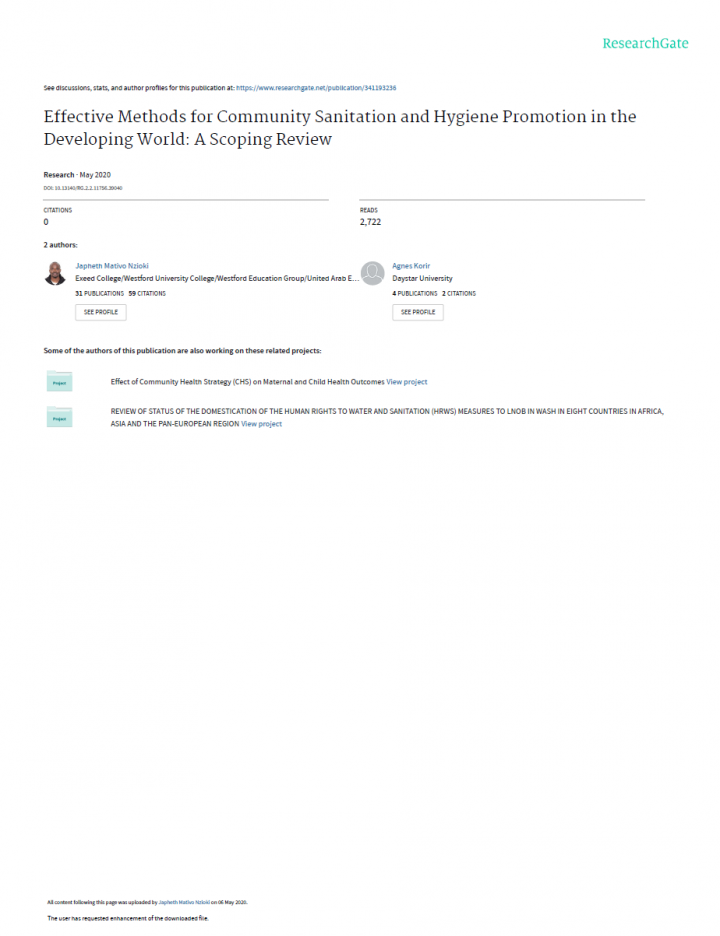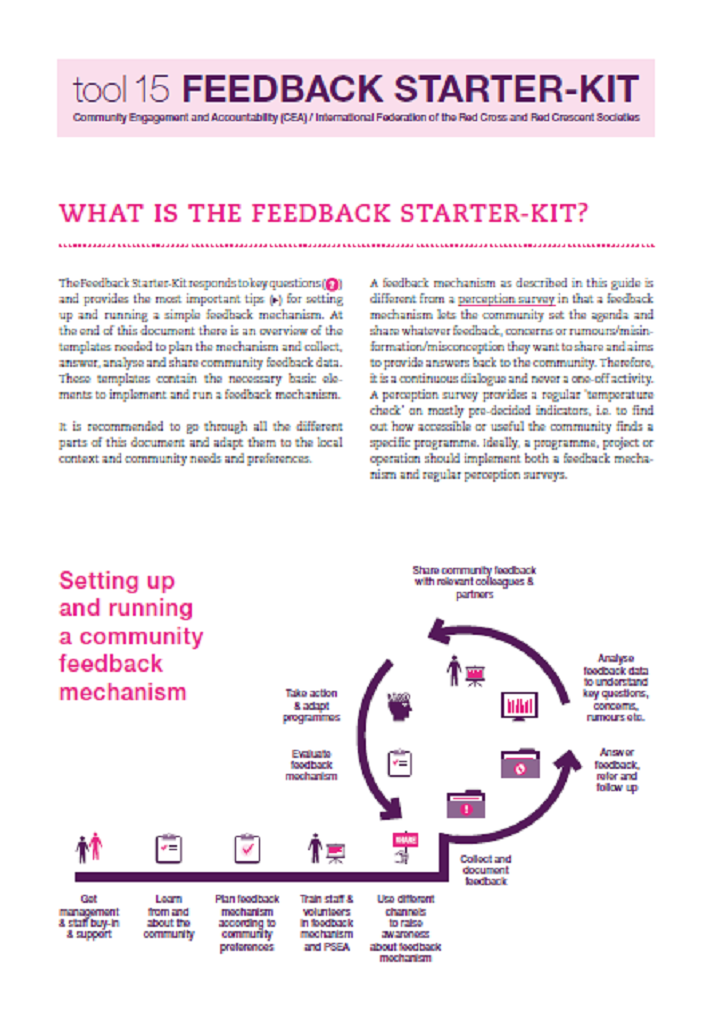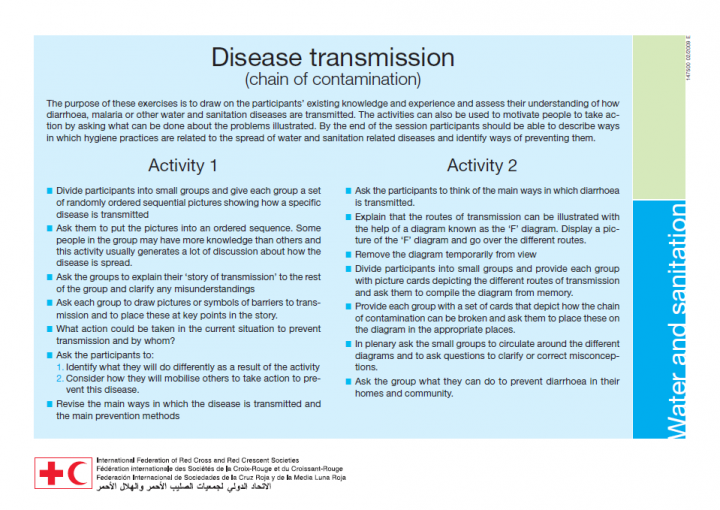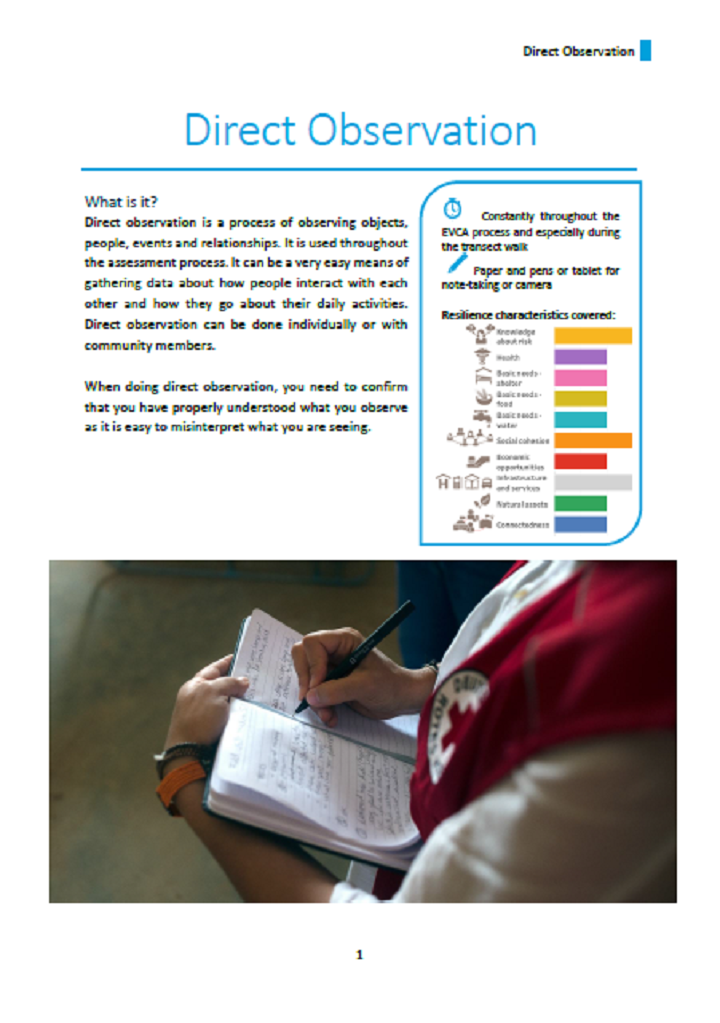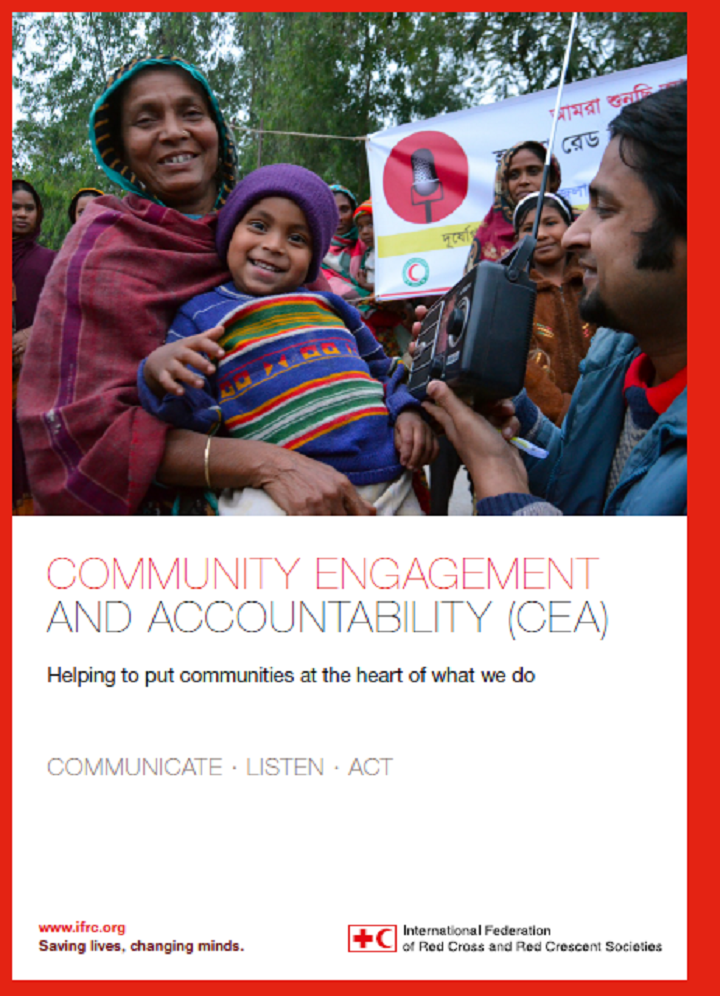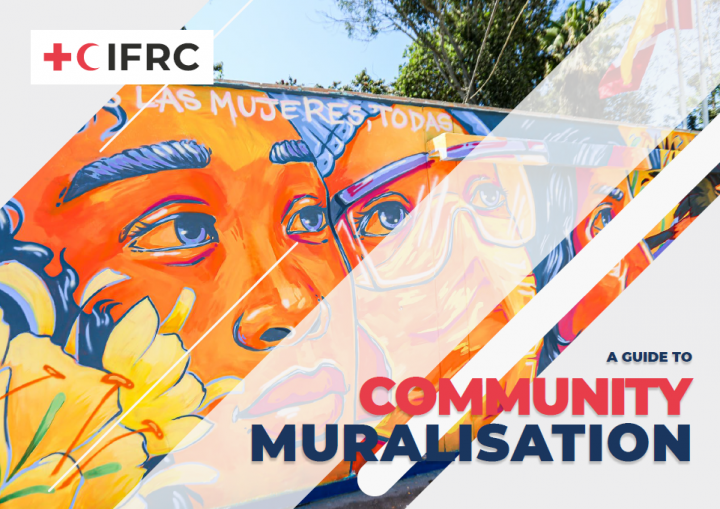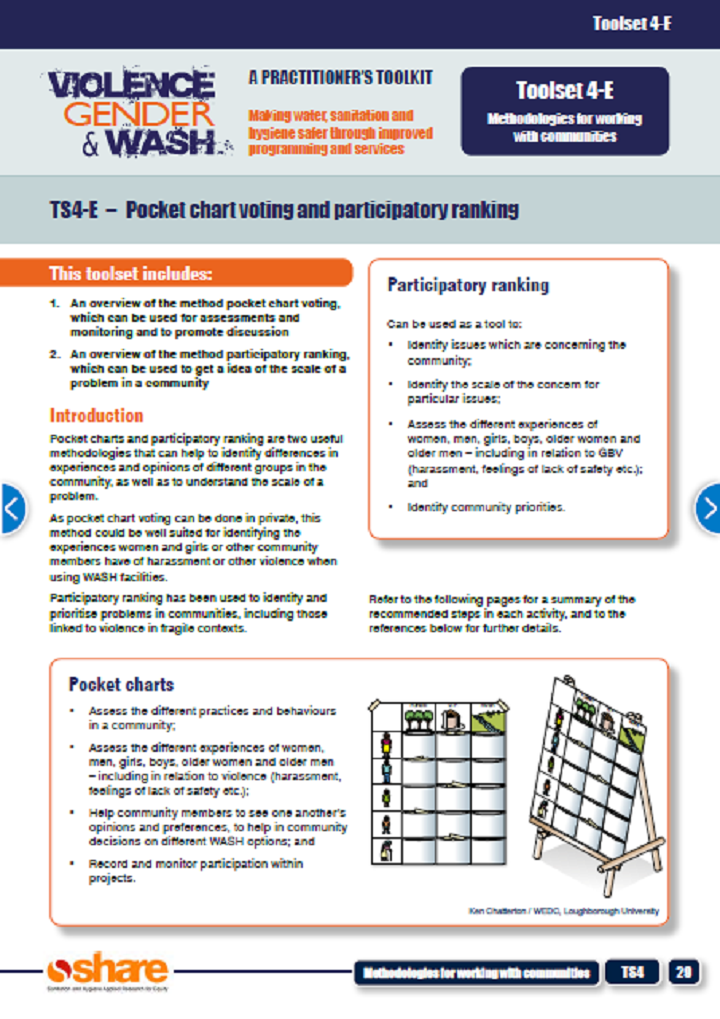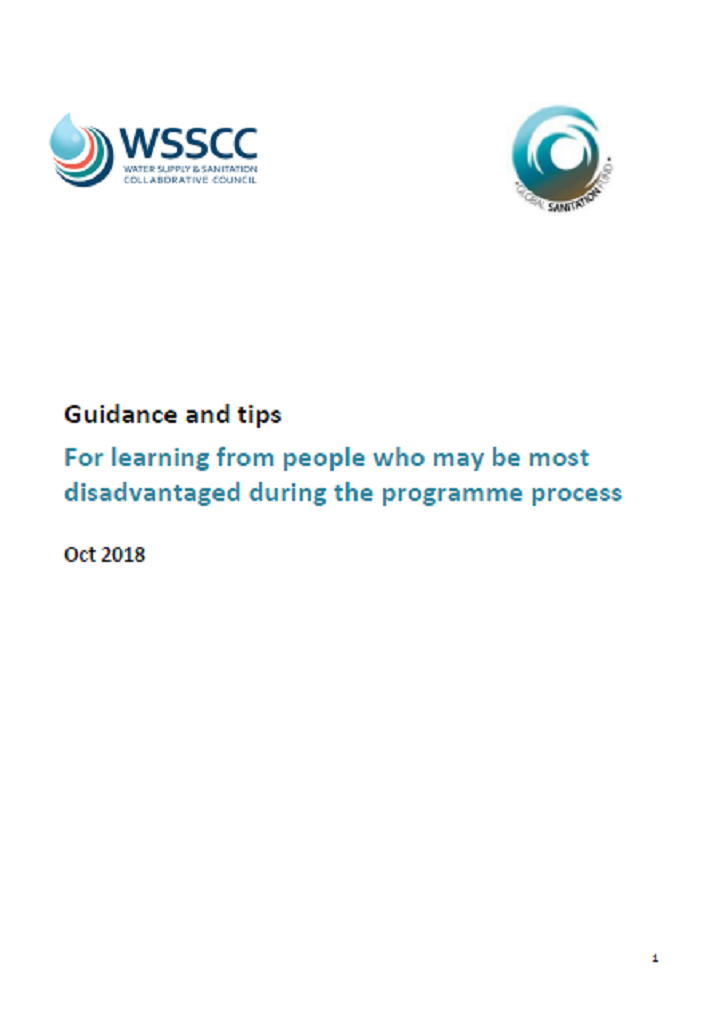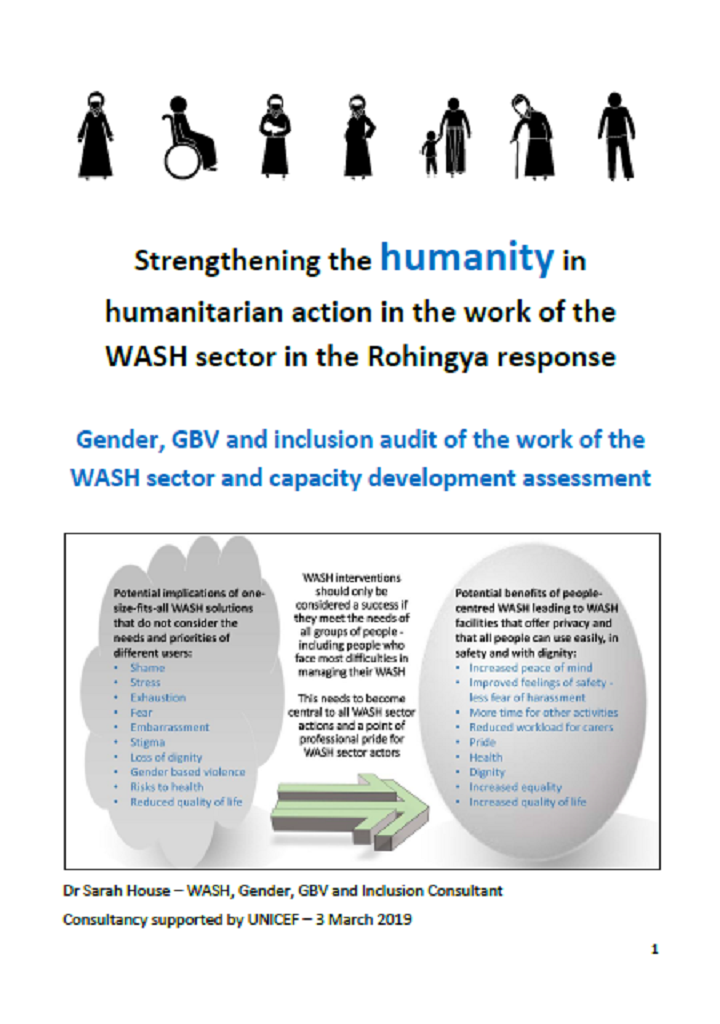Searching for information on Sanitation Workers?
The Sanitation Workers Knowledge + Learning Hub is the best source for all current news, trends, articles and updates on sanitation workers rights around the world.
There has been an interesting debate going on about the elements of shame, fear and disgust used during CLTS triggering session. The debate has been between those who believe that the element of shame as applied during a CLTS trigger is unethical as it amounts to degrading and embarrassing the community, and those who believe that the element of shame is actually positive, and that it indeed …
Menstrual hygiene management, or MHM, refers to a range of actions and interventions that ensure that people who menstruate can privately, safely and hygienically manage their menstruation with confidence and dignity. MHM is not only about distributing pads or providing education to girls. Effective MHM actions have three main components: i) MHM materials and supportive items, ii) Private, safe …
1.1 Why is an assessment methodology necessary?
Assessment is a vital element of the programme-planning process. Assessment provides the information on which decisions will be made. Whilst good information does not guarantee a good programme, poor information almost certainly guarantees a bad one. The use of a standard methodology means that information can be compared with data collected during …
What difference are we making? How do we know? The Good Enough Guide helps busy field workers to address these questions. It offers a set of basic guidelines on how to be accountable to local people and measure programme impact in emergency situations.
Its 'good enough' approach emphasises simple and practical solutions and encourages the user to choose tools that are safe, quick, and easy to …
These guidelines outline a step-by-step process for Red Cross Red Crescent staff and volunteers to plan and implement effective, context appropriate hygiene promotion, without taking shortcuts or delivering ‘hygiene messages’. The guidelines provide National Societies with a standard approach for quality assurance, and an opportunity for more effective training and monitoring.
This checklist is a tool to assist in incorporating protection in water and sanitation interventions. The questions are intended to assist organizations in identifying issues that should be factored into the design, implementation, monitoring and evaluation of their programmes and projects.
World Health Organization data on the burden of disease shows that approximately 3.1% of deaths (1.7 million) and 3.7% (54.2 million) of disability-adjusted-life-years (DALYs) worldwide are attributable to unsafe water, sanitation and hygiene. In Africa and developing countries in South East Asia 4-8% of all disease burdens are attributable to poor hygiene and sanitation. Over 99.8% of all deaths …
This feedback starter-kit responds to key questions and provides the most important tips for setting up and running a simple feedback mechanism. The kit includes an overview of templates containing the necessary basic elements to implement and run a feedback mechanism. All tools can be found under the 'related resources' section of this page.
The purpose of these exercises is to draw on the participants’ existing knowledge and experience and assess their understanding of how diarrhoea, malaria or other water and sanitation diseases are transmitted. The activities can also be used to motivate people to take action by asking what can be done about the problems illustrated. By the end of the session participants should be able to …
This toolkit contains tools that can help National Red Cross and Red Crescent Societies – as well as other organizations – to assess, design, implement, monitor and evaluate community engagement and accountability activities in support of programmes and operations. The toolkit should be used in conjunction with our Guide to Community Engagement and Accountability.
Community murals could help CEA practitioners to promote coexistence in public spaces; involving communities, it can be a vehicle for social cohesion and inclusion. This guide presents the steps to follow to develop a community muralisation activity within a migration framework.
The guidelines set out essential actions that humanitarian actors must take in order to effectively identify and respond to the needs and rights of persons with disabilities who are most at risk of being left behind in humanitarian settings.
The recommended actions in each chapter place persons with disabilities at the centre of humanitarian action, both as actors and as members of affected …
The Inter-Agency Standing Committee (IASC) published the original Women, Girls, Boys and Men. Different Needs — Equal Opportunities: Gender Handbook in Humanitarian Action in 2006. The purpose of the handbook was to provide humanitarian actors with guidance on gender analysis, planning and actions to ensure that the needs, priorities and capacities of women, girls, men and boys are considered …
In Bangladesh diarrhoeal disease and respiratory infections contribute significantly to morbidity and mortality. Handwashing with soap reduces the risk of infection; however, handwashing rates in infrastructure-restricted settings remain low. Handwashing stations – a dedicated, convenient location where both soap and water are available for handwashing – are associated with improved …
Pocket charts and participatory ranking are two useful methodologies that can help to identify differences in experiences and opinions of different groups in the community, as well as to understand the scale of a problem. As pocket chart voting can be done in private, this method could be well suited for identifying the experiences women and girls or other community members have of harassment or …
The burgeoning study of social support in relation to social stress and health would benefit from increased attention to issues of social structure. Three aspects of social relationships, all often referred to as social support, must be more clearly distinguished—(1) their existence or quantity (i.e., social integration), (2) their formal structure (i.e., social networks), and (3) their …

